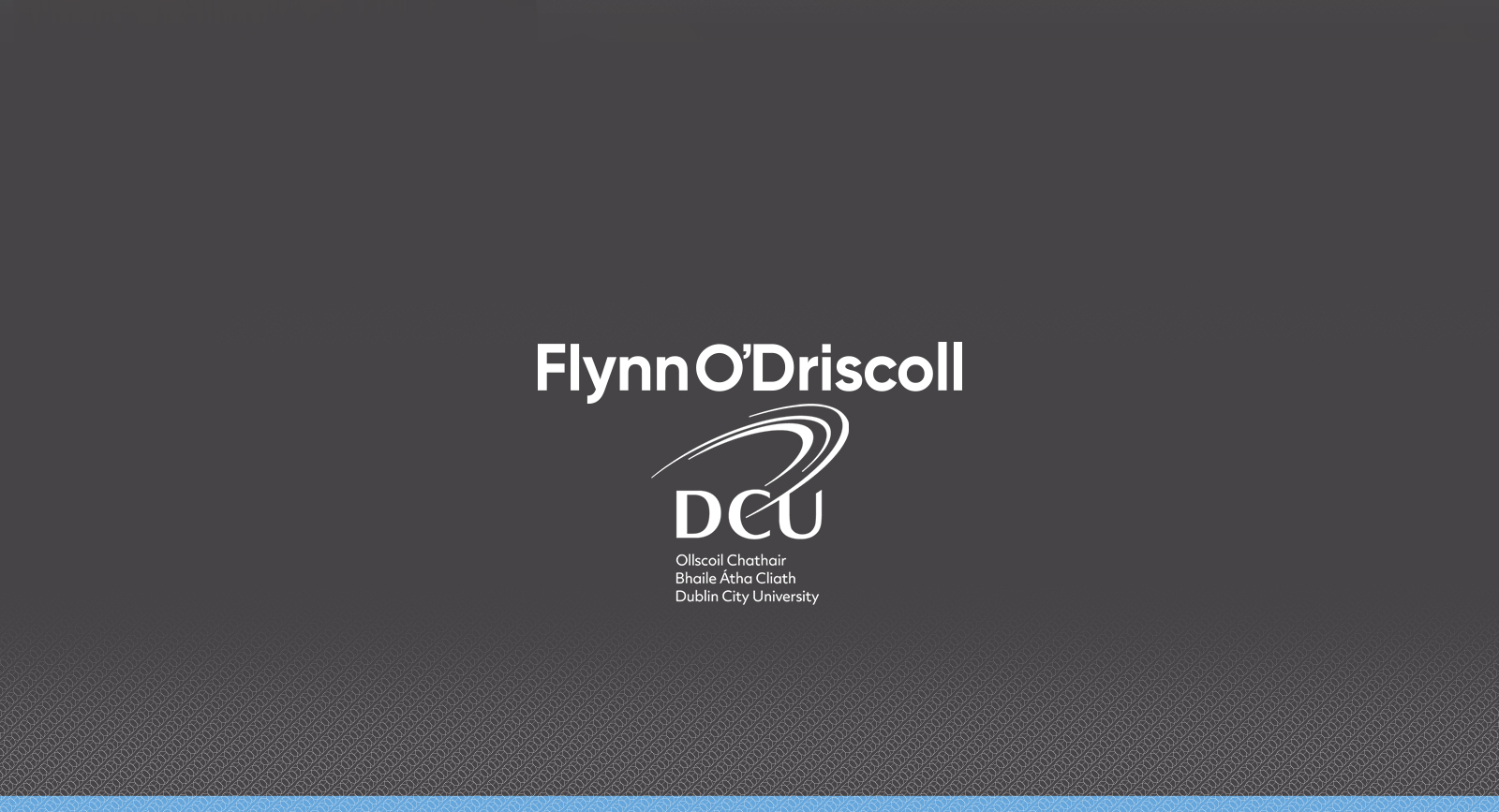The Scheme of Arrangement process is a very powerful tool that can be used by companies to restructure their debts and provides a cheaper alternative to examinership. It can also be used by companies to reorganise their group structure.
Scheme of Arrangement – what is it?
A Scheme of Arrangement is a procedure under Chapter 1 of Part 9 of the Companies Act 2014 (the “Act”) which provides a structure for negotiation of a scheme for either or both:
(i) the rearrangement of a company’s capital structure amongst its members; and
(ii) the rearrangement, including compromise, of a company’s obligations and liabilities to its creditors.
The key concept in a Scheme of Arrangement is that meetings of the members and creditors of the company are held at which proposals are put and may be passed by a “special majority” agreeing to giving up or modifying their rights. After the passing of these resolutions, an application is made by the company to the High Court to sanction the arrangement or arrangement.
Constituting Proper Classes
It is assumed that not all the members, and especially not all the creditors, will have equal rights with respect to the company. Therefore, the creditors themselves will usually be divided into different groups based on the status and ranking of their claims. Typically such division would comprise of secured and unsecured creditors.
Great care must be taken in considering what for the purpose of the Scheme of Arrangement constitutes a class. If meetings of the proper classes have not been held, the High Court may not sanction the Scheme of Arrangement. This is sometimes referred to as the “no jurisdiction rule”.
Section 450(2) of the Act provides that references to the appropriate scheme meetings of creditors or members, as the case may be, are references to either:
(a) separate scheme meetings of the particular creditors or members, as appropriate, who fall into the separate classes that, under the general law, are required to be constituted for the purpose of voting on the proposals for the compromise or arrangement; or
(b) where, under the general law, no such separate classes are required to be constituted for that purpose, a single scheme meeting of the creditors or members, as appropriate.
Providing Information to Members and Creditors
Section 452(1) of the Act provides that where a scheme meeting is convened or summoned, there shall:
(a) with every notice convening or summoning the meeting which is sent to a creditor or member of the company concerned, be sent also a circular (the “Scheme Circular”):
(i) explaining the effect of the compromise or arrangement;
(ii) stating any material interests of the directors of the company whether as directors or as members or as creditors of the company or otherwise, and the effect thereon of the compromise or arrangement, in so far as it is different from the effect on the like interests of other persons;
(iii) where the compromise or arrangement affects the rights of debenture holders of the company, giving the like explanation in relation to the debenture trustees as it is required to give in relation to the company’s directors;
(b) in every notice convening or summoning the meeting which is given by advertisement, be included the Scheme Circular or a notification of the place at which and the manner in which creditors or members entitled to attend the meeting may obtain copies of the Scheme Circular.
Where a notice given by advertisement includes a notification that copies of the Scheme Circular can be obtained by creditors or members entitled to attend the scheme meeting, every such creditor or member shall, on making application in the manner indicated by the notice, be furnished by the company free of charge with a copy of the Scheme Circular. The failure to comply with these requirements is a Category 3 offence for the company and any officer in default.
Voting at Meetings
One of the conditions required to be satisfied before a compromise or arrangement can become binding is that a special majority at the scheme meeting, or, where more than one scheme meeting is held, at each of the scheme meetings, votes in favour of a resolution agreeing to the compromise or arrangement.
“Special majority” is defined as meaning a majority in number representing at least 75% in value of the creditors or class or creditors or members or class of members, as the case may be, present and voting either in person or by proxy at the scheme meeting.
High Court Order
Where a special majority at those meetings approves the Scheme of Arrangement, the High Court must exercise its discretion to sanction it. The High Court will be alert to attempts to abuse the statutory mechanism contained in Chapter 1 of Part 9 of the Act. Therefore, all requirements concerning the summoning of the meetings of members and creditors of the company, and classes thereof, must have been complied with. Moreover, the members and the creditors of the company must have been provided with the statement of the proposal which must have made full and proper disclosure and the requisite statutory majority of 75% in value must have approved of the Scheme of Arrangement. These are pre-requisites and the High Court will not sanction a Scheme of Arrangement where there is non-compliance with these requirements.The notice of the High Court application and the creditors’ resolutions are required to be advertised in two (2) daily newspapers.
Advantages of the Scheme of Arrangement
• Much cheaper than examinership as there is no requirement for the appointment of an examiner or to prepare an independent expert report;
• The company does not have to show the High Court that there is a reasonable prospect of survival as a going concern in order to avail of the process;
• There is no investigation into the company’s affairs;
• Less publicity, as it will only have to be advertised when the scheme of arrangement has been approved by the creditors;
• The company will continue trading, with the directors being able to retain their powers of management and the shareholders continuing to control the company.
Disadvantages of the Scheme of Arrangement
• The scheme of arrangement does not give the company protection against creditors appointing a receiver pursuant to their security;
• Retention of Title claims can still be brought by creditors;
• Higher threshold of approval compared to seeking examinership.
In light of the current situation caused by COVID-19, the scheme of arrangement appears to be an appealing option to companies struggling with the effects of COVID-19 on the economy. It can provide a cost effective solution to troubled businesses and allow for reaching a compromise with creditors that may bring more benefits in the long term than pursuing other insolvency procedures.
Conclusion
Any director considering options in relation to schemes of arrangement with creditors should seek appropriate professional advice without delay. If you have any queries or if you would like to discuss this content in further detail, our team of experienced professionals would be happy to assist.
Please check our restructuring and insolvency page https://fod.ie/insolvency-restructuring/ .
This note is for general information purposes. Legal advice must be obtained for all individual circumstances. Whilst every effort has been made to ensure the accuracy of this note, no liability is accepted by the author or Flynn O’Driscoll for any inaccuracies.
About The Authors
John Darby
John graduated with an Honours BCL law degree from University College Dublin in 1994 and was admitted as a solicitor in Ireland in 1997. He has also diplomas in European Law from the Universite des Sciences Sociales, Toulouse and the University of Amsterdam....






